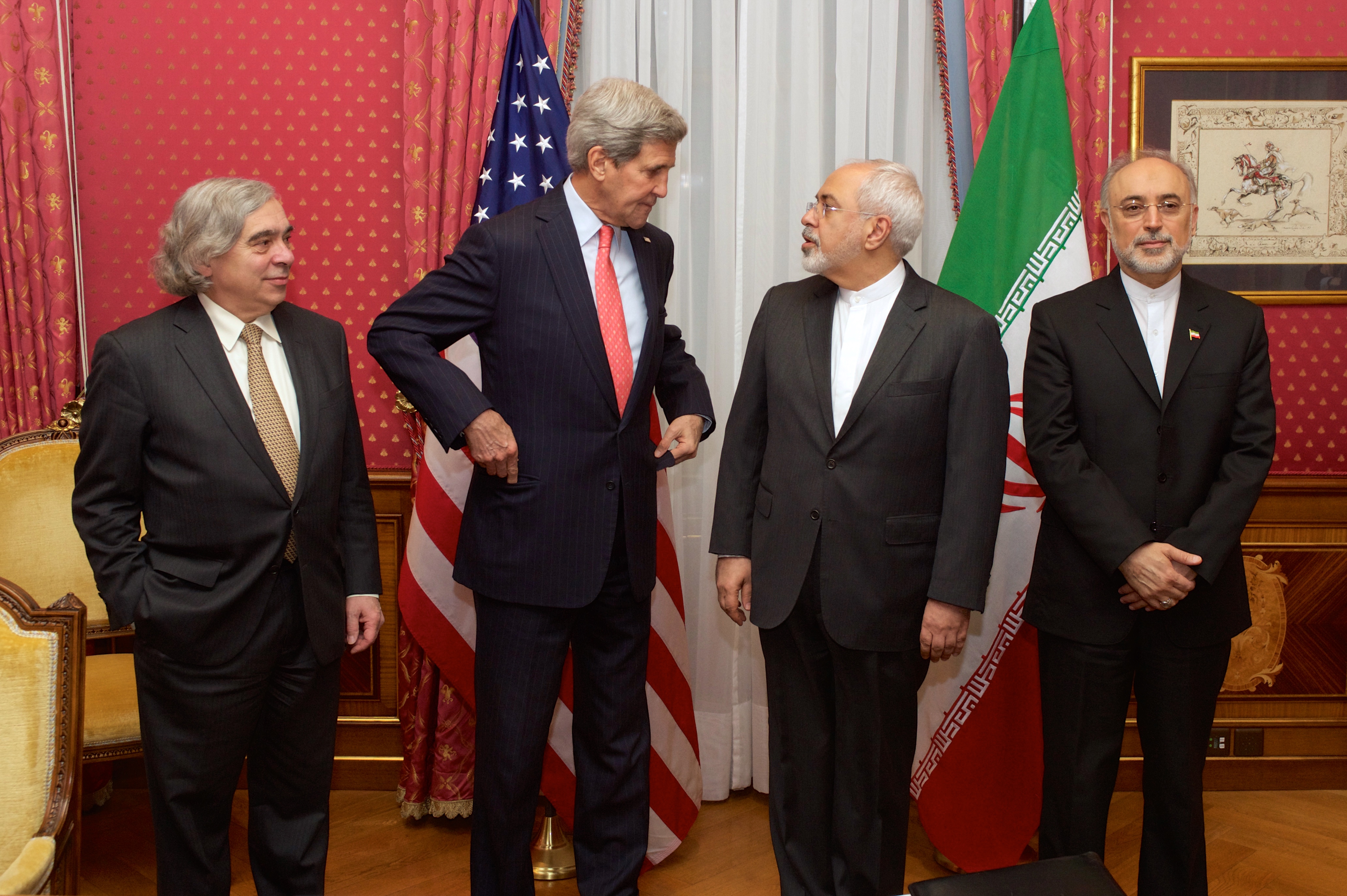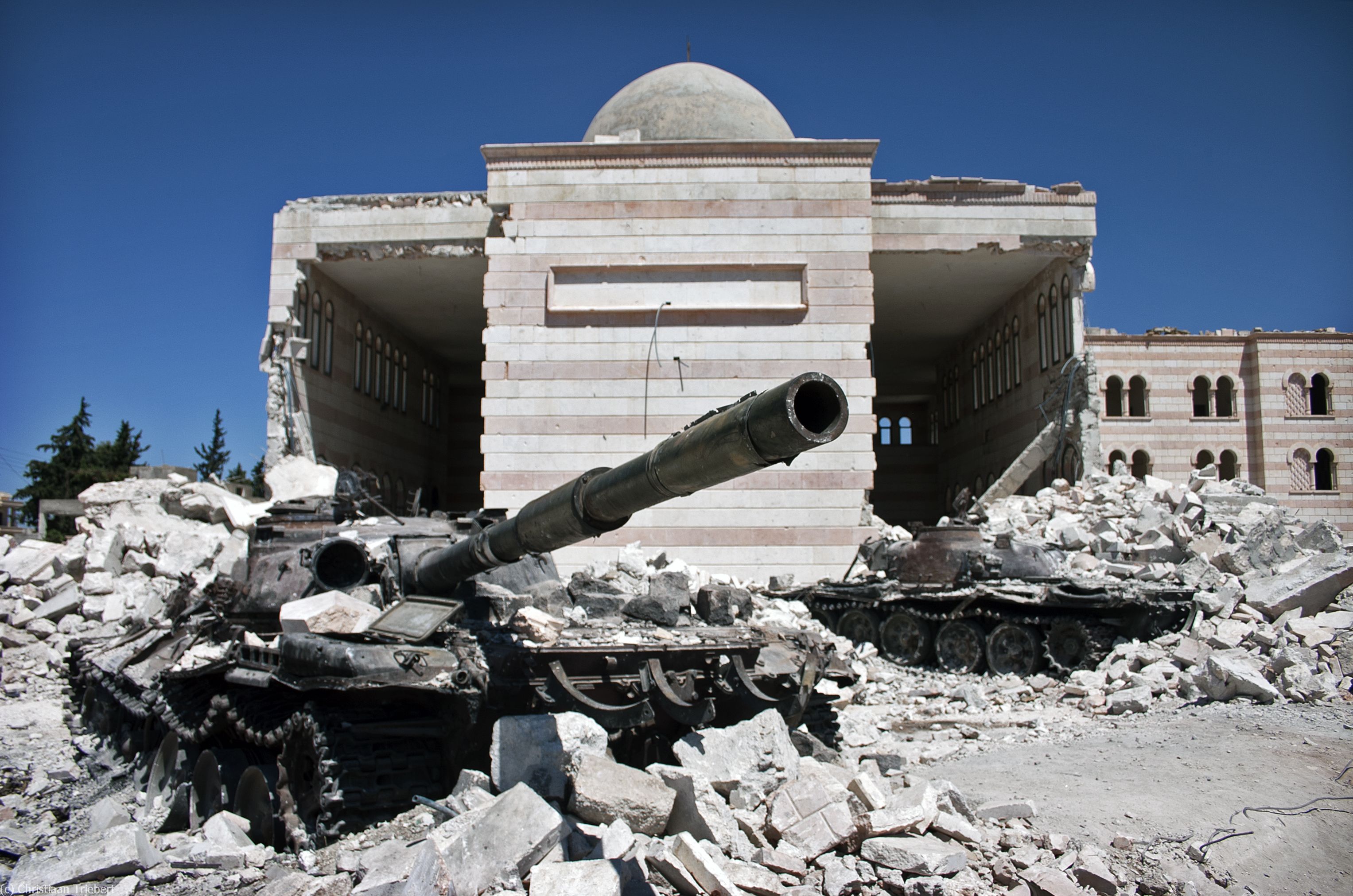Last week, the Organization of Petroleum Exporting Countries (O.P.E.C.) met in the Algerian capital of Algiers to discuss the two-years long decline in the price of oil. To the surprise of many, the cartel agreed to cut production by around 700,000 barrels a day, down to about 33 million.
The agreement comes in light of a historic decline in oil prices. The price of Brent crude, the benchmark for worldwide oil prices, has fallen from well over $100 per barrel as late as 2014, to a trough in the first quarter of 2016 that saw oil trading at under $30 per barrel. The last time prices were this low was in the immediate aftermath of the 9/11 terrorist attacks.
Saudi Arabia, considered by many to be the de facto leader of O.P.E.C., has been hit the hardest by the sharp fall in prices. The oil-rich Middle Eastern nation, whose main source of revenue since the mid-20th century has been petroleum exports, ran a budget deficit of almost $100 billion in 2015. Prior to last year, the kingdom had not seen such a large deficit since the early 1990’s when it was engaged in the Persian Gulf War. The deficit has been followed by massive salary cuts for government employees, who make up almost two-thirds of the total labor force in the country. Deputy Crown Prince Mohammed bin Salman has even introduced a value-added tax, effective January 1 2018, that will be a source of revenue for the kingdom.
As a result of these hardships, Saudi Energy Minister Khalid al-Falih was among those at the September 28 meeting in Algiers arguing for a cut in supply, hoping to kick start a bull market in the recently-suffering commodity. Al-Falih’s desperation to cut production was made even more evident by his concession to allow Iran to be exempt from the agreed cuts amidst recently-lifted sanctions, an issue that had been delaying this agreement for months. Iran, whose geopolitical and religious disputes with Saudi Arabia have been well-documented, will presumably be allowed to continue producing at whatever rate the country’s Ministry of Petroleum sees fit.
Earlier this year, cash-strapped Saudi Aramco, the kingdom’s government-owned oil company, sent Wall Street banks on a frenzied chase for underwriting fees by exploring the possibility of an initial public offering. The company, which is the world’s largest after being valued between $1.25 trillion and $10 trillion, was forced to consider turning to the public equity market to raise money from investors in light of falling revenue. The I.P.O. is said to be worth almost $1 billion in fees to whichever bank wins the trust and checkbook of the firm’s C.E.O., Amin H. Nasser.
Other O.P.E.C. nations, such as Iraq and Nigeria, have also suffered through the bear market, which comes at an incredibly inopportune time for each. Despite record high levels of production for Iraq, the nation is still unable to finance much of its battle against ISIL due to a steep decline in oil revenue. In Nigeria, President Muhammadu Buhari’s administration is on the brink of a short-term liquidity crisis, unable to pay state employees or provide funding to banks looking to distribute loans.
Through cutting production by around 750,000 barrels a day, O.P.E.C. hopes to generate more revenue for its oil-rich members, while also ushering in a new era of peaceful cooperation within the tumultuous organization. First Standard Financial, a New York-based financial services firm, expects prices to rise back up to between $50 and $55 per barrel by the end of the year. More importantly for the industry’s long-term prospects, Russia, Algeria and Qatar were able to successfully mediate discussions between rivals Saudi Arabia and Iran throughout the September 28 meeting.
So far, markets have responded well to the tentative agreement, but are awaiting further confirmation of the deal following O.P.E.C.’s next meeting on November 30 in Vienna. Since the cartel’s September meeting, the price of oil has risen over 10 percent to surpass $50 per barrel for the first time since August, with analysts from New York-based investment bank Morgan Stanley targeting a $52 per barrel peak before November’s meeting. These figures give O.P.E.C.’s members reasons to celebrate, particularly in a calendar year that saw Brent crude trade as low as $27.67 per barrel.
Despite recent success in the market, many are still skeptical about the long-term implications of O.P.E.C.’s unsettled deal. Analysts from IHS Markit, a London-based data research company, are quick to point out that much of the world’s oil, almost 60 percent, is produced by non-O.P.E.C. countries such as Russia and the United States. Because of this, they argue, any measure taken by the organization may have less significance than the cartel’s administration anticipates. Other concerns involve O.P.E.C.’s ability to monitor the production of its members, especially in a region known for neighborly mistrust such as the Middle East. The countries supported by O.P.E.C. have often failed to honor output quotas previously set forth by the group, and a research note released after the meeting by Commerzbank AG, a global bank based in Frankfurt, Germany, even claims that members “have no lasting control over prices.”
By the end of November, governments, firms, and consumers around the world will have a clearer vision for the long term supply schedule for oil and the direction of its markets. Until then, we are left with a tentative agreement produced in one of the world’s opaquest regions. Despite the confusion and turmoil within the industry, O.P.E.C. has now taken the first steps towards normalizing an excessively volatile oil market.


